Solution 1
If your excel file is in .xlsx format, you can use openpyxl:
import openpyxl
letter_map = {'a':1, 'b':2, 'c':3}
# open workbook
workbook = openpyxl.load_workbook('book1.xlsx')
# get worksheet by index
worksheet = workbook.worksheets[0]
result = {}
# loop over column pairs
for k, v in zip(worksheet['A'], worksheet['B']):
# assign new values to keys
result[k.internal_value] = v.internal_value + letter_map[k.internal_value]
print(result)
Output
{'a': 2, 'b': 3, 'c': 4}
Solution 2
If you have your excel file in .xls format, you can use xlrd:
import xlrd
letter_map = {'a':1, 'b':2, 'c':3}
# open work book
workbook = xlrd.open_workbook('book1.xls', on_demand=True)
# get sheet by index
worksheet = workbook.sheet_by_index(0)
result = {}
# loop over row indices
for row in range(worksheet.nrows):
# assign new values to keys
k, v = worksheet.cell(row, 0).value, worksheet.cell(row, 1).value
result[k] = int(v) + letter_map[k]
print(result)
Output
{'a': 2, 'b': 3, 'c': 4}
